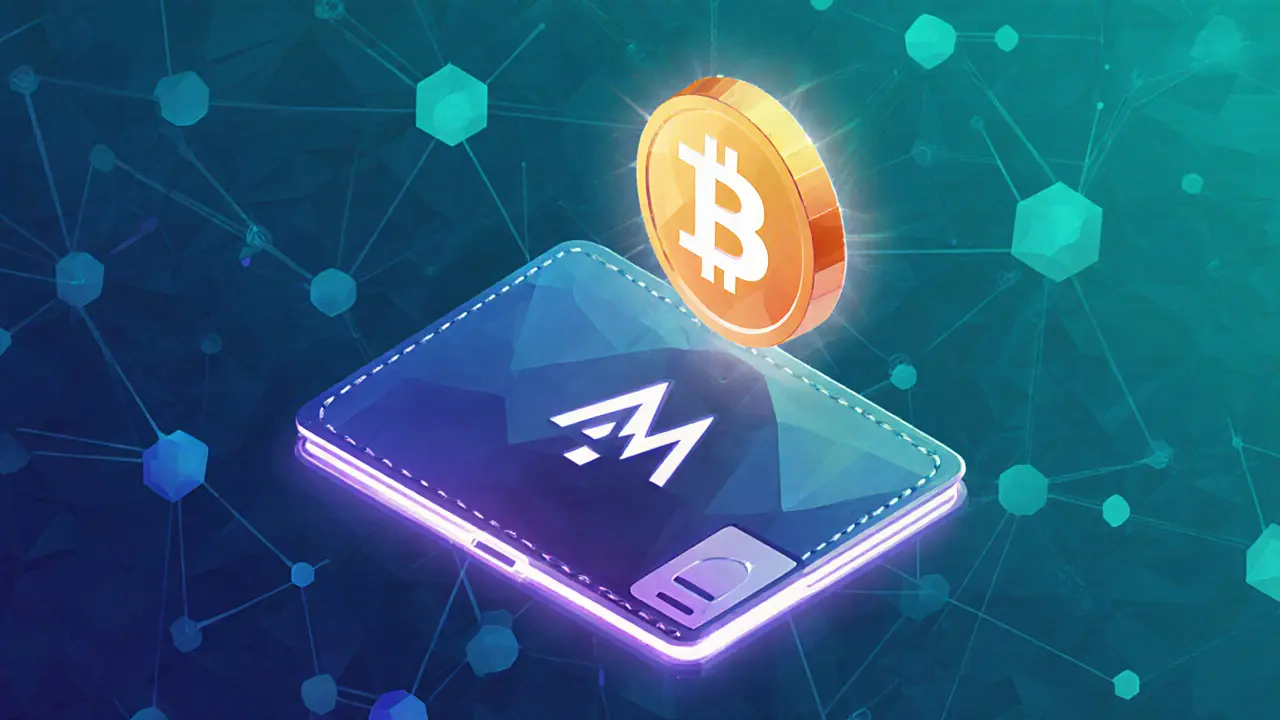Cross-Chain Launchpad: How Multi‑Chain Token Launches Work
When working with cross-chain launchpad, a platform that lets crypto projects raise funds on several blockchains at the same time. Also known as multi‑chain launchpad, it bridges token distribution, community building and liquidity provisioning across different ecosystems.
Another core piece is the launchpad, a service that hosts token sales, provides early‑access for investors and often adds marketing support. When a launchpad is built for multiple chains, it relies on cross‑chain technology, protocols like bridges, relays or atomic swaps that move assets and data between networks. This tech makes it possible for a token to appear on Ethereum, Binance Smart Chain, Avalanche and other chains without a separate sale for each.
Tokenomics is the third pillar you’ll hear a lot about. Tokenomics, the economic design of a crypto token, covers supply cap, distribution schedule, vesting and utility. In a cross‑chain launch, tokenomics must stay consistent across chains, otherwise price arbitrage or unfair rewards can break the project’s credibility. Good tokenomics also tells investors why the token matters on every supported blockchain.
Key Elements of a Successful Cross‑Chain Launch
First, pick the right set of chains. You want networks that complement each other – for example, Ethereum offers security, Avalanche gives low fees, and BSC provides high liquidity. Next, set up reliable bridges. Projects like Keeta (KTA) use their own cross‑chain network, while Avalaunch (XAVA) leans on Avalanche's native bridge. Test the bridge with small amounts before the public sale to avoid stuck funds.
Second, design a fair distribution. Many launchpads run a tiered allocation: early backers get a small slice, community members receive a larger slice, and a public round opens the rest. Make sure the allocation rules are clear, and embed them in smart contracts that enforce vesting and anti‑whale limits on every chain you support.
Third, secure the contracts. Because you’re dealing with multiple blockchains, each contract must pass an audit on its native chain. Look for audit reports that cover bridge logic, token minting and withdrawal functions. If a vulnerability slips through on one chain, attackers can exploit it to mint unlimited tokens across the whole ecosystem.
Fourth, provide simple user instructions. A cross‑chain launch can feel overwhelming, so walk users through wallet setup (MetaMask for Ethereum, Trust Wallet for BSC, etc.), how to connect to the right network, and the steps to claim or purchase tokens. Clear UI/UX on the launchpad page reduces mistakes and support tickets.
Finally, plan post‑launch support. Liquidity pools need to be seeded on each chain, and price feeds must be synced. Use tools like decentralized oracles to keep prices consistent, and monitor bridge health with dashboards that alert you to failures. Ongoing community updates keep trust high as the ecosystem grows.
All of these pieces—launchpad design, cross‑chain bridges, tokenomics, security audits and post‑launch operations—work together to make a cross‑chain launch successful. Below you’ll find deep dives on specific projects, step‑by‑step guides, and practical tips to help you launch your own token across multiple blockchains.

Learn how to qualify for MultiPad's CMC airdrop, claim your MPAD tokens, and understand the launchpad's cross‑chain strategy in 2025.
- Read More
